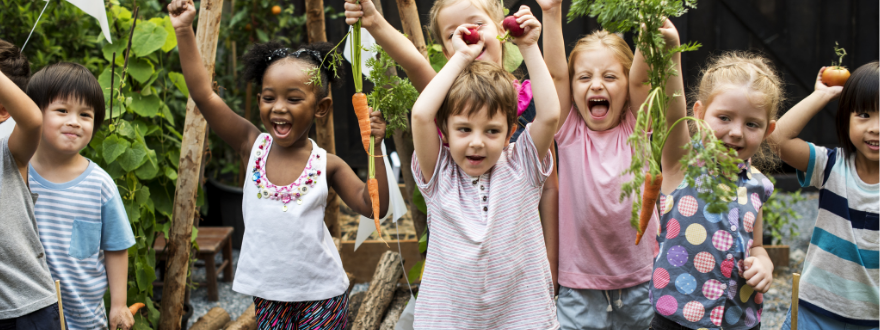 For all the people who rushed out and started planting food after the shortages caused by the COVID-19 pandemic in April, it’s time to start again! Food shortages aren’t as apparent now, but wildfires in California are going to cause prices to skyrocket on your favorite vegetables that thrive in winter gardens here.
For all the people who rushed out and started planting food after the shortages caused by the COVID-19 pandemic in April, it’s time to start again! Food shortages aren’t as apparent now, but wildfires in California are going to cause prices to skyrocket on your favorite vegetables that thrive in winter gardens here.
Very few new gardeners were successful earlier this year because March and April are the end of the growing season in Florida. It’s just too hot for most vegetables. But if you’re still interested in gardening and haven’t already started preparing your soil, consider joining a community garden instead of turning your backyard into a tomato farm.
Dozens of community gardens across the Tampa Bay region offer participants prepared plots as well as a community of gardeners who can help even first-time growers become successful.
“Now is the perfect time to join a community garden,” said Kitty Wallace, who coordinates the Tampa Heights Community Garden and is co-founder of the Coalition of Community Gardens. “You can plant almost everything in September and October, from tomatoes and peppers to carrots and spinach.”
The Tampa Heights garden, located in the shadow of Interstate 275, took a huge leap forward earlier this year when the Centers for Disease Control and Prevention (CDC) first called the novel coronavirus a pandemic and store shelves were bare of many necessities. “We had 12 new members sign up in one month which has never happened before,” Wallace said. “One lady had gone to two Publix stores — and then walked in with her two boys to get a garden plot.”
 Most have never gardened before so the “community” parts of the gardens are important. “There’s always someone around to answer questions, so you can learn from someone else’s mistakes,” Wallace said. In fact, they were so successful that only one of the dozen new gardeners from this spring hasn’t signed up for a fall garden. Openings are currently available, though, because several long-time participants have begun gardening in their own yards, she said.
Most have never gardened before so the “community” parts of the gardens are important. “There’s always someone around to answer questions, so you can learn from someone else’s mistakes,” Wallace said. In fact, they were so successful that only one of the dozen new gardeners from this spring hasn’t signed up for a fall garden. Openings are currently available, though, because several long-time participants have begun gardening in their own yards, she said.
One of the region’s newest community gardens, the Ridvan Community Garden in Clearwater, has 19 raised garden beds available for planting this fall. “We’ve put down a foot of mulch and planted a ‘food forest’ with nearly a half-million dollars in fruit trees and land prep on 20 acres,” said Jay Hardman, who coordinates memberships at both Ridvan and Beacon Community Gardens at the Unitarian Universalists Octagon Arts Center.
Run by groups as diverse as local governments, churches and neighborhood associations, community gardens typically have specific purposes but all of them grow community spirit as well as food, says Monica Petrella, food system program coordinator for Hillsborough County Extension. “They all have their own story and their own organization.”
Learn more: Most but not all community gardens charge a nominal fee, usually about $50 a year for maintenance and irrigation. Hillsborough and Pinellas counties both have interactive maps on their websites so it’s easy to find a nearby garden, just click on a location near your home. The Pasco and Manatee community gardens are coordinated by the county extension.
If you’re not near a community garden but would still like to try growing your own food, consider microgreens which can be quickly grown in flats. Or you can check out vegetables that can be grown in containers.
For soil-based gardening at home, nearly every Florida yard will require several weeks of preparation but you can plant vegetables like broccoli, cabbage, carrots, cauliflower, kale, kohlrabi, lettuce, mustard, radish, spinach, swiss chard and turnips through February or March and still expect abundant harvests.
For a fast way to prepare soil, visit Bay Soundings archives for a story on urban gardener John Starnes who grew most of his food on a small lot in south Tampa before his untimely death.. For more information, visit your local extension service or the multiple online resources at the University of Florida’s Institute for Food and Agricultural Services.
